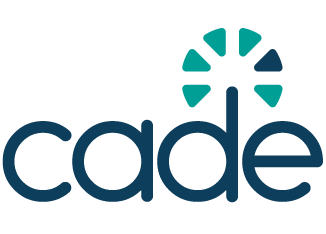EU Releases Third Draft of General-Purpose AI Code of Practice
The Code aims to detail the manner in which providers of GPAI models and GPAI models with systemic risk, may comply with their obligations under the EU’s AI Act.

On 11 March 2025, the European Commission unveiled the third draft of the General-Purpose AI Code of Practice. This draft aims to enhance transparency, ensure copyright compliance, and address safety and security concerns associated with general-purpose AI models.
Key components of the third draft
The latest draft introduces a streamlined structure with refined commitments and measures:
- Transparency obligations: All providers of general-purpose AI models are required to maintain up-to-date documentation detailing their models’ capabilities, limitations, and resource consumption. To facilitate this, a user-friendly Model Documentation Form has been introduced, allowing signatories to consolidate necessary information in a single location.
- Copyright compliance: Providers must establish policies ensuring adherence to EU copyright laws. This includes addressing content mining practices, assessing infringement risks, and implementing mechanisms for handling complaints. The section on copyright has been simplified for clarity while retaining core measures from previous drafts.
- Safety and security measures: For providers of advanced general-purpose AI models that could pose systemic risks (as classified under Article 51 of the AI Act), the draft outlines measures for systemic risk assessment and mitigation. These include model evaluations, incident reporting, and cybersecurity obligations.
Stakeholder engagement and next steps
The development of this draft has been informed by feedback from a diverse group of stakeholders, including approximately 1,000 participants from the EU member states and international observers. An interactive website and executive summary have been proposed to facilitate further input. Stakeholders were invited to submit written feedback by 30 March 2025. The final version of the Code is expected to be released in May 2025, serving as a tool for AI model providers to demonstrate compliance with the forthcoming AI Act, which will come into application in August 2025.
The European Commission emphasises the importance of balancing clear commitments with the flexibility to adapt as AI technology evolves, highlighting the need for ongoing development of ecosystems for AI governance and risk management.


